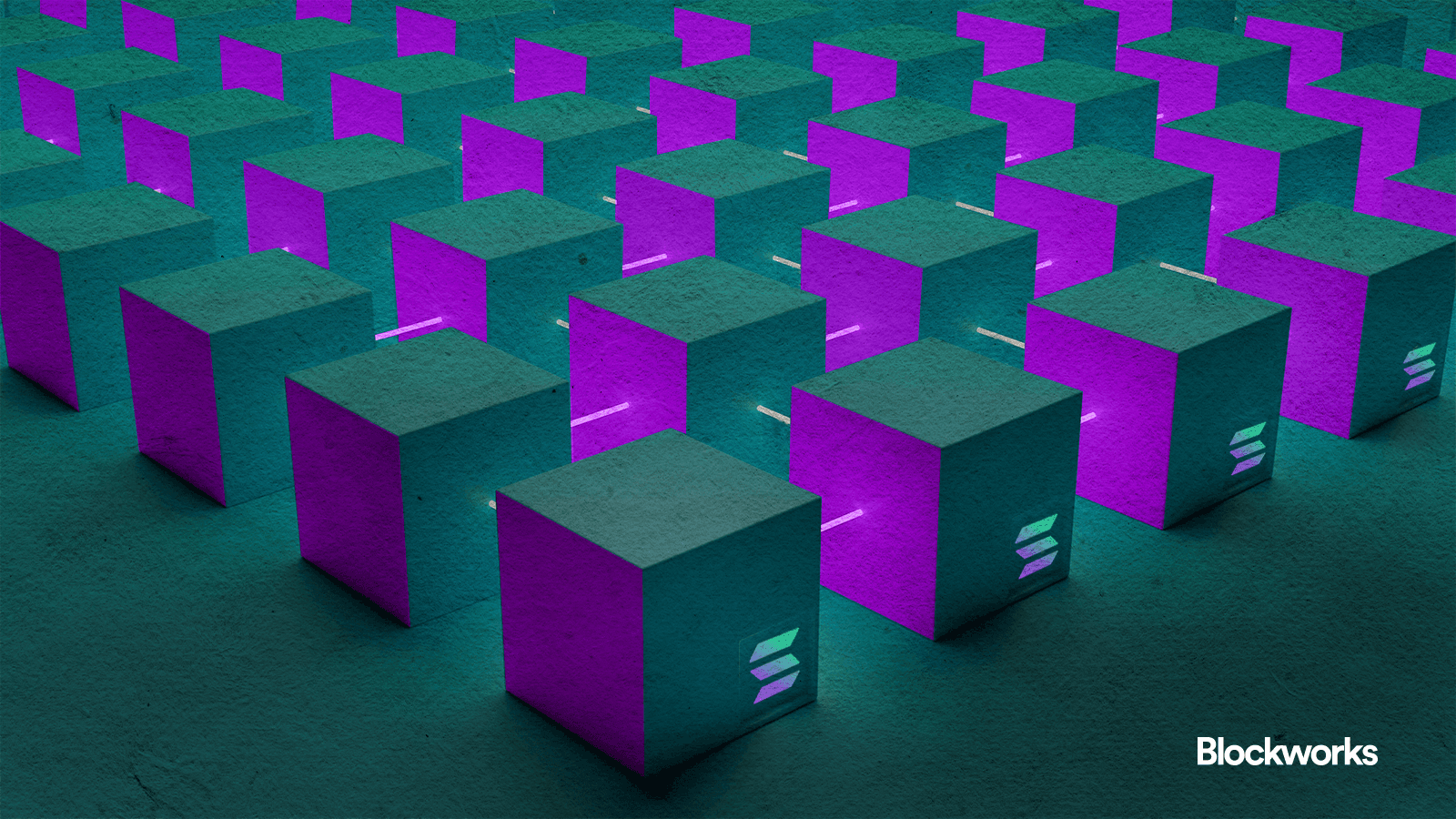Base, Solana spar over scaling numbers
Base’s new FlashBlocks feature sparks a debate about scaling metrics

Artwork by Crystal Le
This is a segment from the Lightspeed newsletter. To read full editions, subscribe.
Solana tends to get touchy about scaling. Since day one, the network’s pitch has been a layer-1 blockchain using novel technology to run faster and cheaper than other layer-1s on offer.
So it’s no surprise that when Base announced a new feature called FlashBlocks would bring its “effective block times” down to 200 ms — or half the length it takes Solana to create new blocks — Solana followers were quick to point out the somewhat-faulty logic. FlashBlocks are sub-blocks that allow for early confirmation times, but Base’s full block times will still be two seconds. Solana has a feature called shreds which operates similarly to FlashBlocks, but its full block times are 400 ms.
The whole ordeal is a bit melodramatic, but it highlights something that often doesn’t get across in blockchain scaling conversations, which is that most of this stuff is basically made up anyways.
When Base’s creator Jesse Pollak gets on X to say that Base is about to be “2x faster than” Solana, he reveals nothing about how he’s measuring speed, or why that would matter for Base’s developers and users. Likewise when Firedancer developers say the Solana client can process one million transactions per second in a test environment — it’s a nice sounding number that would almost certainly hit snags in the real world.
Even if Firedancer could run that fast, it would be of little import: Solana is currently processing roughly 1,000 user TPS.
On the Lightspeed podcast this week, my co-host Mert Mumtaz got talking with NEAR Protocol co-founder Illia Polosukhin about scaling. Polosukhin and fellow NEAR developer Bowen Wang said the blockchain will soon bring its block times down to 400 ms, and its blockchain shards — part of a scaling technique known as “sharding” — can handle 10,000-20,000 TPS each.
So if NEAR is so scalable, Mumtaz asked, then why is no one talking about it?
“Everybody now comes out and says they’re scaling, [and] everybody throws a number out from a marketing perspective, [and] as Solana saw, until you actually put real pressure on the system, you don’t actually know how it’s going to behave,” Polosukhin said.
The more important question, in Polosukhin’s view: “What are the use cases that people are actually using blockchain for right now?”
200 ms block times sound nice. One million TPS sounds nice. But if blockchains want to be more than intellectually stimulating engineering problems with no underlying value, then use cases are the much more important conversation to be having.
Get the news in your inbox. Explore Blockworks newsletters:
- The Breakdown: Decoding crypto and the markets. Daily.
- 0xResearch: Alpha in your inbox. Think like an analyst.
- Empire: Crypto news and analysis to start your day.
- Forward Guidance: The intersection of crypto, macro and policy.
- The Drop: Apps, games, memes and more.
- Lightspeed: All things Solana.
- Supply Shock: Bitcoin, bitcoin, bitcoin.





